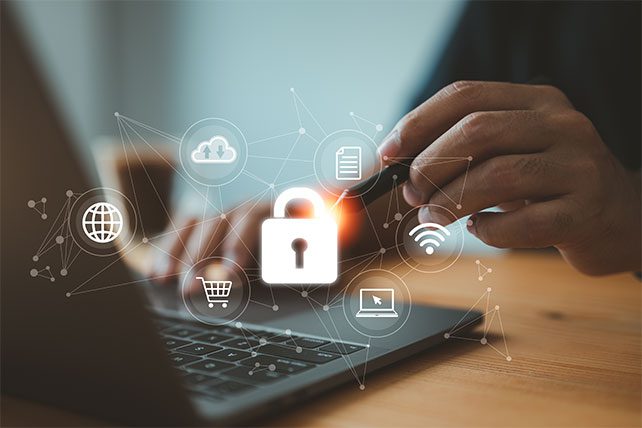Travel has now reached pre-pandemic levels, so what are the tech safeguards we should keep in mind? But still: threats abound!
The usual suspects did use the pandemic as “time off.” They continued to write emails and use other methods to try to get people’s credentials so they can steal as much as possible—all the way up to and including our identities! In fact, as I wrote this paragraph, I received another email inviting me into a relationship that would have my harm as its goal.
We all know about SPAM threats, and websites that may have been compromised (injected with malware because they did not keep up with their security patches, etc). But new threats are coming at us all the time!
For instance, I learned a few months ago about ‘juice-jacking’: compromised USB port charging stations! These have actually been around since 2011, but are growing in number. Whether in airports, at hotels, and so on, public USB charging stations can be easily hijacked to facilitate file transfers and malware transfers.
In addition, many public WiFi systems have not been configured to block the ability of others on the same system to read your WiFi data transfers.
And then there are the one-off attempts to get us to wire money or buy Amazon or Apple gift cards and text them the codes on the gift cards. Those cannot be stopped, by the way; they are one-off attacks built from focusing on your organization. The bad guy studies the staff structure on our website, and emails us to get a sample of our email signature. Then they use all that against us—only us. Unpreventable.
Tech Safeguards For Travel
Computer Best Practices
I use a Mac, which is as vulnerable to most kinds of attacks as Windows systems. The reason is that most of today’s attacks easily transfer to other systems. So, when I attach to my organization’s data, if I have a malware that is written to only exploit Windows systems, it may transfer from my Mac to other systems via our shared data storage.

